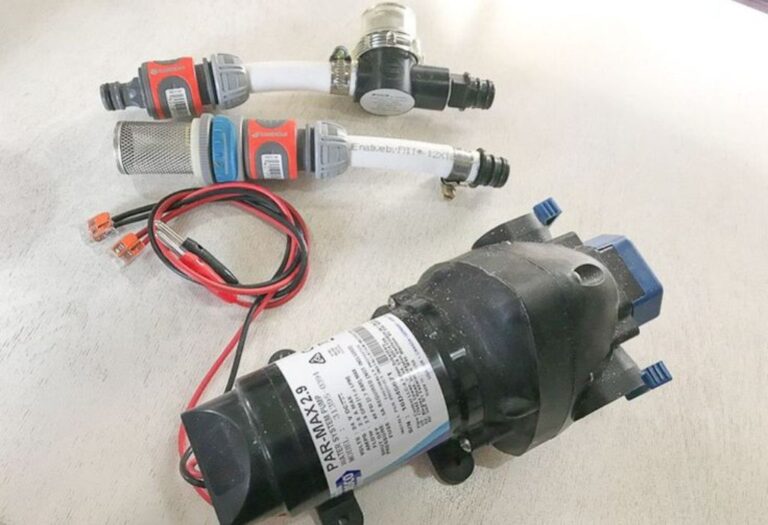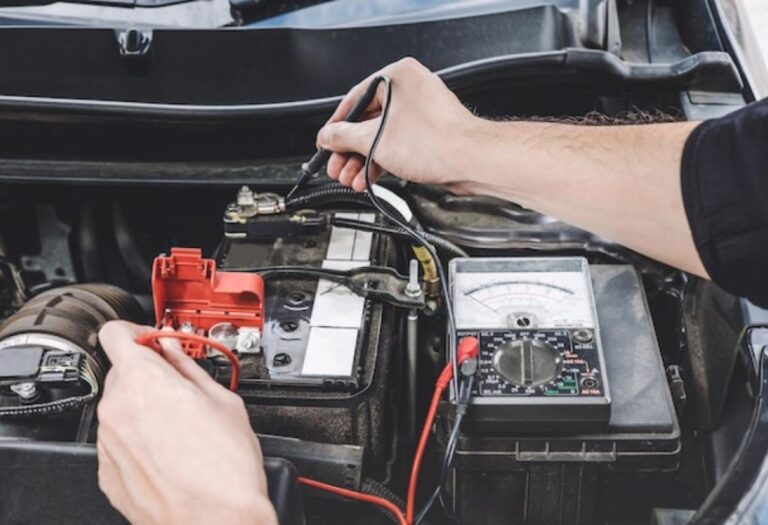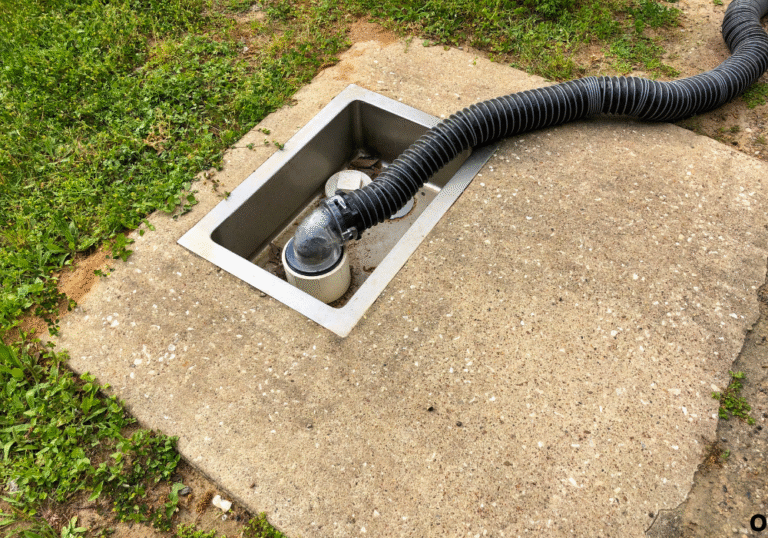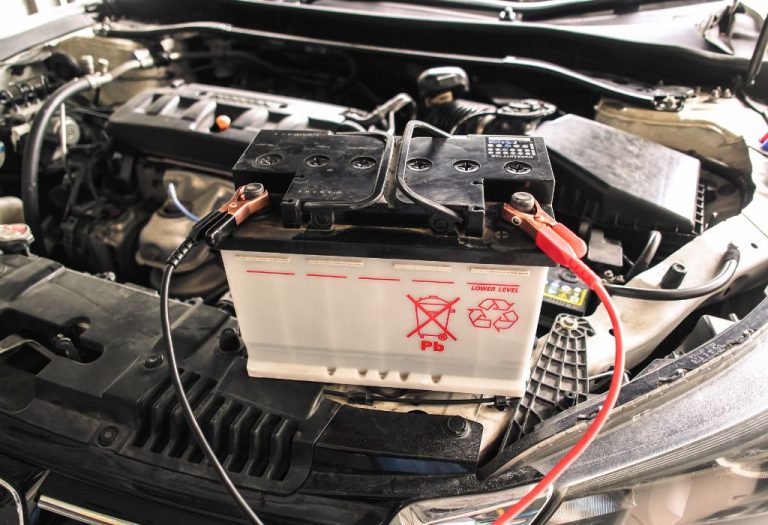How to Keep RV Water Hose from Freezing While Camping
Picture a winter morning in the mountains, where your RV sits surrounded by frost-covered trees and crisp, white air. You step inside, turn on the faucet, and nothing happens—the hose outside is frozen solid.
This small issue can quickly become a major setback, turning a peaceful camping trip into an expensive plumbing repair.
Freezing temperatures can cause more than inconvenience. A single night below 32°F is enough to solidify standing water in your hose, expanding inside and cracking the material.
Once that happens, you could face leaks, burst fittings, or even contaminated water lines. Most RV owners don’t realize that the simple act of leaving the hose connected overnight can lead to hundreds of dollars in damage.
Learning how to keep RV water hose from freezing while camping isn’t just about avoiding frozen water; it’s about maintaining comfort, safety, and convenience throughout the season.
With the right combination of insulation, heating methods, and smart setup, you can camp confidently even in sub-zero conditions.
What Does “Keep RV Water Hose from Freezing” Really Mean?

When RV owners talk about keeping a water hose from freezing, they mean protecting the entire freshwater connection—from the campground spigot to the inlet on the RV—from freezing solid in low temperatures.
It’s not just about the hose itself; it involves the fittings, water pressure regulator, and even the small sections of exposed plumbing connected to the system.
Freezing occurs when water inside the hose or fittings reaches 32°F or below, expanding as it turns into ice. This pressure buildup can split the hose walls, damage connectors, and even push ice back into the RV’s plumbing system.
Once frozen, it’s not only inconvenient but potentially costly, since repairs often require part replacements and professional service.
The goal of learning how to keep RV water hose from freezing while camping is to maintain a steady, safe water supply in all weather conditions.
That means using insulation, heat, and proper setup techniques to prevent water from ever reaching freezing temperatures in the first place.
What is the RV water hose in this context?
It’s the drinking-water-safe hose that connects your RV to a campground or home water hookup.
Why does the hose freeze so easily?
Because it’s exposed to cold air, especially overnight when temperatures drop and wind chill intensifies.
Can freezing affect other RV parts too?
Yes. A frozen hose can lead to frozen valves, fittings, and even internal plumbing damage.
Is prevention only needed for full-time winter campers?
No. Even short overnight dips below freezing can cause a hose to ice up.
Does keeping water flowing help prevent freezing?
Slight water movement can delay freezing, but insulation and heat protection are the most reliable solutions.
Why Preventing a Frozen RV Water Hose Matters
The RV water system is one of the most essential parts of comfortable travel, yet it’s also one of the most vulnerable when temperatures fall.
A frozen hose doesn’t just block your access to running water; it can trigger chain reactions that damage fittings, split hoses, and even affect the plumbing inside your rig.
Once ice expands within the line, pressure builds rapidly, and what starts as a minor freeze can lead to serious leaks and costly repairs.
Beyond mechanical damage, frozen hoses pose hygiene and safety concerns. When ice thaws unevenly, it can cause backflow or draw contaminants into your freshwater system.
Even small cracks invisible to the eye can allow dirt or bacteria to enter the hose once water starts flowing again. Preventing freezing, therefore, isn’t only about convenience—it’s also about protecting your health and your RV’s water quality.
Regularly learning how to keep RV water hose from freezing while camping ensures steady water flow and prevents unwanted surprises in cold weather. It also keeps your connections, valves, and filters working efficiently throughout winter.
Simple preventive steps, like insulating the hose and regulating water temperature, can make a significant difference between a smooth camping experience and a frozen disaster.
Can a frozen hose burst and cause flooding?
Yes. Ice expands and can rupture hoses or fittings, leading to leaks once the ice melts.
Does freezing happen only in extreme cold?
No. Even temperatures just below freezing for a few hours can solidify standing water in a hose.
Is prevention expensive or complicated?
Not at all. Most preventive methods are affordable, easy, and can be done with basic materials.
Does keeping the water flowing stop freezing completely?
Not entirely. Constant flow helps delay freezing, but proper insulation and heating are more effective.
Is it worth investing in a heated water hose?
Absolutely. A quality heated hose prevents freezing and often lasts several seasons with minimal maintenance.
Preventing hose freeze is about more than comfort—it’s about avoiding costly breakdowns, maintaining safe water quality, and ensuring uninterrupted use of your RV even in the coldest conditions.
Preparing to Sanitize Your RV Water System
Before diving into the process of keeping your RV hose protected, proper preparation is key. Setting up the right materials and environment ensures that every preventive step you take is effective once the temperature drops.
Skipping preparation can leave small vulnerabilities—like exposed fittings or unsealed joints—that quickly lead to freezing.
Start by parking your RV on level ground and choosing a campsite with access to power for heating tools if needed. Check the entire water connection system: the spigot, the hose, pressure regulator, and RV inlet.
Make sure all fittings are secure and the hose has no leaks or worn spots. Any moisture or weakness in the line increases the risk of ice formation.
Before insulation or heating begins, ensure your hose is completely drained of stagnant water. Water left sitting inside the line can freeze faster than moving water, especially during nighttime temperature drops.
If you’re camping long-term, clean and flush the hose before setting up insulation, so no residue or sediment builds up inside.
What materials are needed for freeze prevention?
You’ll need insulation foam, heat tape or heated hose, waterproof tape, and a power source if you’re using electric heating.
Should the hose touch the ground?
No. Elevate it slightly or run it along insulated supports to reduce heat loss through contact with frozen ground.
Do hose fittings need special attention?
Yes. Wrap both ends with insulation or foam sleeves since these areas freeze faster than the hose itself.
Is it necessary to clean the hose before winter camping?
Yes. Cleaning removes debris that could trap moisture and speed up freezing.
Can you prevent freezing without electricity?
Yes. Non-electric insulation and strategic placement near warm RV parts can help retain temperature.
Once the setup is ready, you can move on to the main steps of protecting your hose using insulation, heat, and smart maintenance—ensuring continuous water flow no matter how low the temperature drops.
Step-by-Step Process: How to Keep RV Water Hose from Freezing While Camping
Preventing your RV water hose from freezing requires a systematic approach that combines insulation, heating, and smart setup.
Each step plays a crucial role in keeping water flowing smoothly, even when temperatures plunge below freezing. Follow these steps carefully to ensure your system stays protected all winter long.
Step 1 – Inspect and Drain the Hose
Before anything else, check your hose for cracks, leaks, or moisture buildup. Even a small puncture can allow water to freeze faster. Drain the hose completely by holding one end higher and letting the water flow out. Any trapped moisture can quickly turn into ice during cold nights.
Why drain the hose before insulating?
Trapped water is the first to freeze, expanding inside the line and damaging it.
Should you inspect both ends?
Yes. Fittings and connectors often leak and freeze before the main hose does.
Can a slightly damp hose still be insulated?
No. Moisture under insulation can create ice pockets that trap cold air.
How often should this inspection be done?
Before every trip and after any freeze warning during camping season.
Does this step also apply to heated hoses?
Yes. Even heated hoses need to start clean and dry for maximum efficiency.
Step 2 – Insulate the Hose and Connections
Wrap the hose in foam insulation or thermal sleeves, covering it from end to end. Pay extra attention to both connectors and the faucet area, since these are the first points to freeze. Secure the insulation with waterproof tape to prevent wind or water from loosening it.
What type of insulation is best?
Foam pipe insulation or RV-specific thermal hose wraps work best in freezing temperatures.
Should you insulate the spigot too?
Yes. Use faucet covers or extra insulation around the water source for full protection.
Can you use household materials like towels or blankets?
They can help temporarily but may absorb water, freezing solid overnight.
Does insulation alone prevent freezing?
Not completely. For severe cold, insulation must be combined with a heat source.
Should insulation be removed during warmer days?
It’s optional, but removing it helps the hose dry and prevents mold buildup.
Step 3 – Add Heat Protection (If Needed)
In regions where temperatures stay below 25°F, add a heating solution. Use a heated hose with a built-in heating element or wrap standard hoses with electric heat tape. Plug the heating system into a GFCI outlet for safety and maintain steady warmth throughout the night.
What is a heated RV water hose?
It’s a hose with an integrated heating wire that keeps water above freezing.
Can heat tape be used on any hose?
Yes, as long as it’s labeled safe for potable water and installed correctly.
Do you still need insulation with heat tape?
Yes. Insulation keeps the heat inside and reduces power usage.
Is it safe to leave heating elements on overnight?
Yes, if they’re designed for continuous outdoor use and monitored regularly.
Can solar or battery-powered heaters work?
They’re less effective in extreme cold but can supplement electric heating.
Step 4 – Position and Secure the Hose Properly
Avoid running the hose along frozen ground or through exposed windy areas. Elevate it slightly using stands or foam blocks and position it on the RV’s warmer side when possible. This simple adjustment can reduce freezing risk dramatically.
Why elevate the hose off the ground?
Frozen soil draws heat away from the hose faster than cold air.
Should the hose be straight or coiled?
Keep it straight to maintain water flow and prevent ice blockages in tight loops.
Does hose length matter?
Yes. A shorter hose freezes less easily and maintains better pressure.
Can you bury the hose under soil or snow for insulation?
Yes, but only if it’s well-insulated and accessible for inspection.
What if the hose must cross an open area?
Wrap that section with extra insulation or heat cable for protection.
Step 5 – Keep Water Flowing During Freezing Nights
If extreme cold is expected, let a slow trickle of water run overnight to prevent stagnation. Flowing water takes longer to freeze and can relieve pressure if ice begins forming. Combine this with insulated fittings for maximum protection.
Does dripping water waste too much?
Only minimal flow is needed—just enough to keep water moving.
Can this method be used with heated hoses?
Yes. It adds extra protection during severe cold snaps.
Should the gray tank be open when dripping water?
Yes. Keep it slightly open to prevent overflow from constant flow.
Can you rely on this method alone?
No. It’s effective short-term but should complement insulation and heating.
Is this safe for overnight use?
Yes, as long as all valves and lines are checked for leaks before leaving it running.
Following these five steps ensures your RV hose remains flexible, functional, and frost-free in cold weather.
Whether camping for a weekend or an entire season, these techniques provide the best defense against the freezing temperatures that catch so many RVers off guard.
Alternative Methods and When to Use Them

While insulation and heat tape are the most reliable defenses against freezing, there are other effective ways to protect your RV’s water hose in cold conditions.
These methods are ideal for campers who prefer low-power or no-electricity solutions, or for those camping in mildly cold climates where full heating systems aren’t necessary.
One popular option is using heated water hoses designed specifically for RVs. These hoses contain built-in heating elements that regulate temperature automatically, preventing ice buildup inside.
Another alternative is to use self-regulating heat cables wrapped around a standard hose. When paired with insulation, they offer steady protection without overheating or wasting power.
For eco-friendly travelers, non-electric solutions like thick foam pipe covers, thermal wraps, or reflective insulation sleeves can retain heat surprisingly well. Some campers also place hoses inside PVC conduits or flexible tubing to create an extra barrier against cold air and moisture.
What are bleach-free or chemical-free alternatives?
Bleach is not involved here, but you can use environmentally safe insulation and low-power heat cables instead of harsh chemical solutions.
When should you use non-electric methods?
They’re best for moderate climates or short cold spells where freezing risk is limited.
Are solar-heated hoses effective?
They help slightly during daylight but lose efficiency at night, so they work best alongside insulation.
Can you combine multiple methods?
Yes. Pair insulation with a heated hose or wrap the hose in both foam and reflective materials for maximum warmth.
Do these alternatives last as long as standard heated hoses?
With proper maintenance, high-quality insulated wraps or conduits can last several seasons and protect hoses effectively.
Maintenance Tips and Best Practices for Pure RV Water Flow
Preventing a freeze is only half the job—consistent maintenance ensures your RV’s water hose and plumbing system stay reliable throughout the winter season.
A well-maintained setup can handle temperature drops, heavy use, and even sudden cold snaps without losing water pressure or flow.
After setting up insulation or heating, check the hose regularly for cracks, leaks, or loose fittings. Small air gaps in insulation or unsealed ends often become the first points of freezing.
Inspect your spigot, pressure regulator, and connection to the RV’s inlet weekly to make sure they remain secure and dry.
When the temperature drops suddenly, keeping a small, steady water flow helps prevent ice formation inside the hose. However, always ensure your gray tank is open or has enough space to handle the runoff.
Draining and refilling your freshwater system every few weeks also removes mineral buildup and helps maintain good water quality.
How often should the water hose be inspected?
Inspect it before every trip and once a week during extended cold stays.
Should the hose be disconnected when not in use?
Yes. Disconnect and drain it during long idle periods to avoid internal freezing.
Can insulation be reused each winter?
Absolutely. Good-quality foam insulation can last multiple seasons if kept dry and stored properly.
Does the RV’s internal heating system help protect the hose?
Indirectly. If the underbelly is heated, it can slightly reduce the freeze risk where the hose connects to the RV.
What if you notice a weak water flow?
Check for ice buildup near fittings first; thaw gently and never force water through a frozen line.
Maintaining your setup ensures reliable performance, extends the life of your hose, and saves you from costly winter plumbing repairs.
With these habits in place, you can camp confidently in any cold-weather environment, knowing your water supply will always stay flowing and frost-free.
Conclusion
Freezing temperatures can turn a peaceful camping trip into a stressful experience if your RV’s water system isn’t properly protected.
Knowing how to keep RV water hose from freezing while camping ensures you never face the frustration of dry faucets, cracked hoses, or burst fittings again.
With the right preparation—draining, insulating, heating, and routine checks—you can maintain steady water flow no matter how cold it gets outside.
These preventive measures don’t just safeguard your hose; they protect your entire plumbing system and help avoid expensive mid-season repairs.
A little effort before winter camping goes a long way. Use quality insulation, monitor temperature changes, and keep spare hose wraps or heating cables on hand for emergencies.
Each small step adds up to a reliable, worry-free setup that keeps your water flowing safely through every cold night.
When your RV is equipped to handle freezing weather, you gain more than convenience—you gain confidence. With these methods in place, your adventures stay warm, your water stays flowing, and your winter camping remains as comfortable as home.
I’m David R. Coleman, the founder, lead writer, and lifelong tool enthusiast behind GarageToolPro.com. With years of experience in automotive repair, woodworking, and home DIY projects, I created this platform to share practical tips, detailed tool reviews, and step-by-step guides that help mechanics, hobbyists, and homeowners get the job done right the first time.






